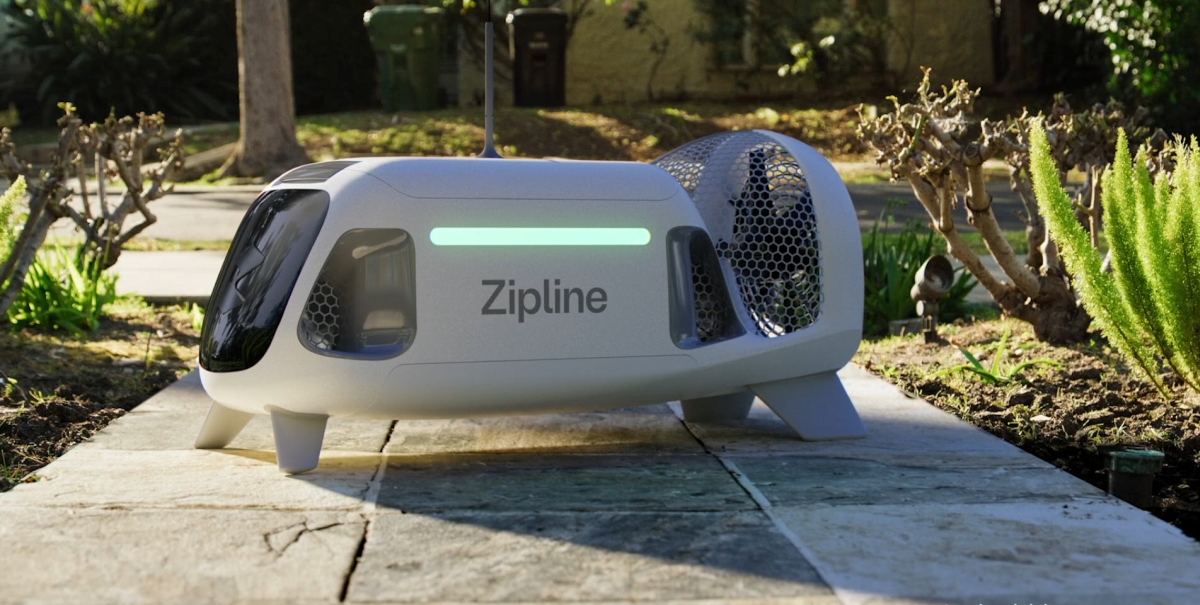Several years ago, Chris McFadzean, owner/operator of Epiphany Mapping, took the plunge and purchased a UAS (unmanned aircraft system). The move opened him up to a world of new business opportunities in high-resolution, high-accuracy orthophotography.
Just over four years ago, McFadzean decided that orthophotography via UAS was a business initiative that could work. Since then, he has logged more than 1,500 UAS flights, making him one of the most experienced UAS pilots in the geospatial arena. His work takes him, and his Trimble UX5 Unmanned Aircraft System, around New Zealand to orthophotograph farmland and perform quantity surveying for mines and quarries, contouring, stock piling and erosion monitoring. “Orthophotogrammetric surveys are brilliant for large tracts of land and you can collect enormous amounts of data very quickly and safely,” says McFadzean.
Once a job is complete, McFadzean processes the data to a point where he can deliver a DTM and orthophoto. These deliverables provide clients with comprehensive maps that detail assets, boundaries, hazardous areas, farm and paddock areas, drainage and other features, even in remote areas that are not accessible by land-based vehicle or foot. Clients use these maps to make informed decisions on a wide range of management issues.
The Early Bird Catches the Most Pictures
At about the same time that New Zealand dairy farmers are preparing for their first milking, McFadzean is leaving his central North Island home to drive to the job site—4:00 a.m. starts are necessary to capture the earliest light possible for flying. “Daylight time is money,” says McFadzean. He typically tries to schedule two smaller jobs (comprising one or two flights) for the same day, in which case the early start allows driving time in-between each job at around noon.
Fortunately, the Trimble UX5 is easy to set up, so McFadzean can quickly become productive on the job site. Upon arrival, McFadzean positions ground markers and locates a suitable area of land to launch his UAS, which he controls via Trimble Access field software on a Trimble Tablet rugged PC. A flat landing location is not absolutely necessary—McFadzean finds that a gentle slope is acceptable provided the ground is smooth. Rough or rutted ground may prevent a UAS from skimming easily during landing. “Finding the right spot for takeoff isn’t usually the biggest challenge,” says McFadzean. “The trickiest part is making sure the wind won’t cause a problem, especially for landings.”
The environment McFadzean operates in puts his UAS through its paces, since wind is a virtual constant in New Zealand and its direction can change quickly. “The Trimble UX5 is rock solid and extremely reliable to fly even in choppy air,” says McFadzean. “And it produces clear, not blurry, imagery in those conditions.”
The Trimble enables McFadzean to fly in patterns that are flexible to suit the land he is surveying. Many UAS flight paths are limited to rectangular and square shapes, but McFadzean can now easily match flights to the boundaries of his job sites. This capability often saves considerable time and gives McFadzean the flexibility to land the Trimble in a location different from takeoff.
Another unique aspect of McFadzean’s work environment is New Zealand’s extremes of topography in combination with civil aviation regulations. Flying a UAS at more than 400 ft is prohibited, so when the Trimble UX5 is flying over rugged terrain, McFadzean has to lean on every bit of his experience. The river beds with high embankments that he surveys as part of erosion monitoring are daunting—some are thousands of feet high—and require him to plan each flight carefully so he can collect high-quality data without damage to the UAS. “Yeah, I hit a few hillsides in the early days,” says McFadzean with a bemused laugh. “But I chose to work in the countryside, so I guess that risk is all part of it.
An urban area wouldn’t present the same challenge.” Where the terrain is rugged and hard to reach, the Trimble UX5 delivers data more quickly and safely than a traditional survey would.
Because the Trimble UX5 is so uniquely stable in the air, and because he’s such an advanced user, McFadzean is able to stretch the UAS’s capabilities in the contrary winds that occur on steep hillsides and underneath mountains—often these wind conditions are different from those at the takeoff and landing locations at lower elevation. If the wind is gentle enough, McFadzean can use his experience to avoid dangerous objects such as a cliff faces, regardless of direction.
One of the largest jobs McFadzean has ever surveyed was about 20,000 acres in the central North Island for a local Maori tribe. The job had to be completed quickly because as grass grew in the warm summer weather the appearance of the land changed dramatically. This change made stitching together the data from discrete flights very difficult. By flying from dawn to dusk, and surveying in ground marks after dark, McFadzean completed the job in about three weeks.
Reaping the Rewards
McFadzean‘s flexible lifestyle as the owner/operator of a UAS-based business suits his young family and takes him all over the countryside; he typically performs between 5 and 30 flights per week. And as demand for map services such as his expand across the country, it seems that taking the plunge was a worthwhile adventure indeed. “I mulled over the idea of a UAS investment for years,” says McFadzean. “And now I’m really pleased with the decision.”
Vivienne Wallace is a freelance writer specializing in high-tech positioning solutions, including conventional, GNSS and spatial imaging survey systems. Vivienne is based in New Zealand.
Edited by
Ken Briodagh





